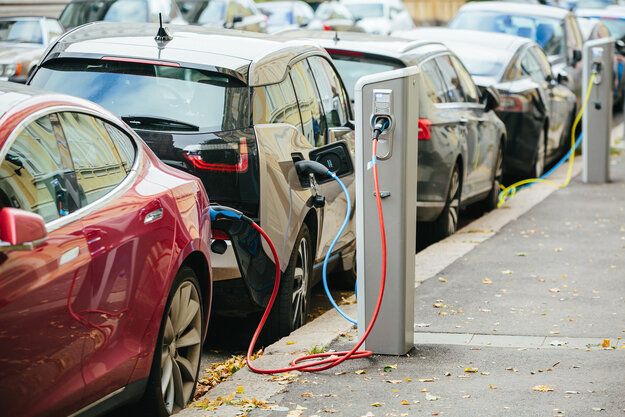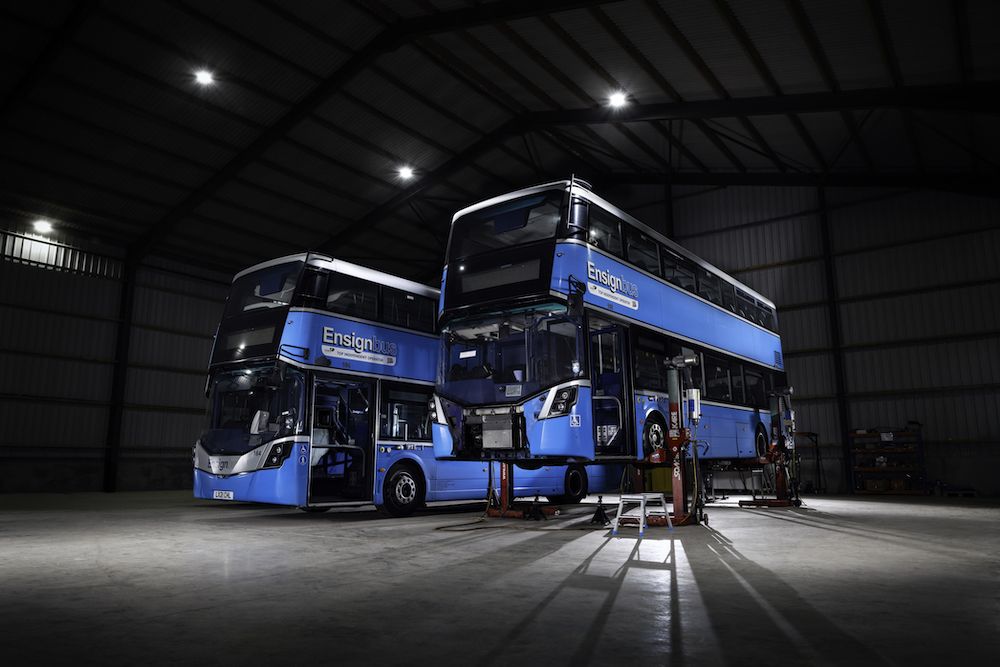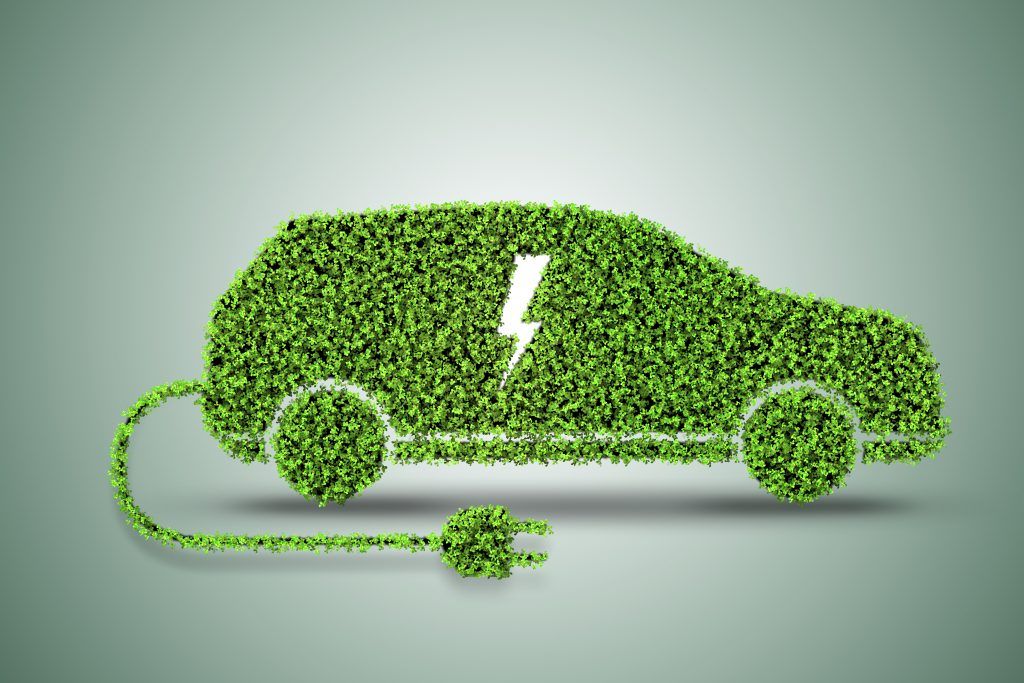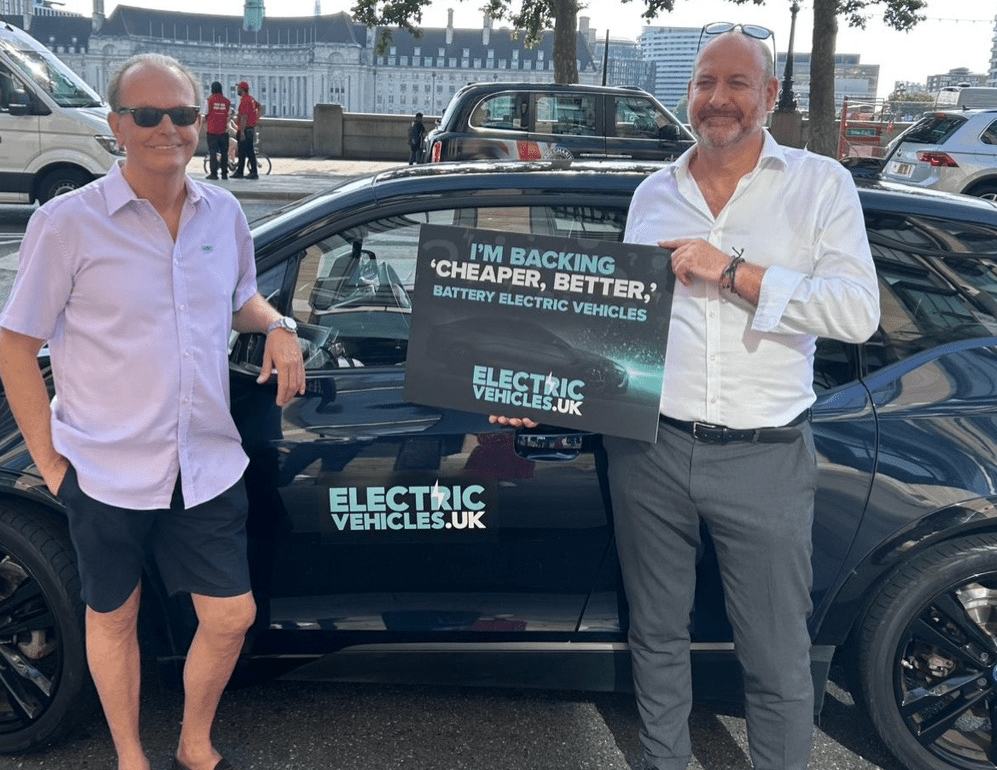On 31st March 2022 the Electric Vehicle Homecharge Scheme (EVHS) which provided grants of up to £350 for funding home charge points will come to an end, amid calls for a renewed focus on more sustainable and economical options, such as Community Charging.
According to the Government’s Vehicle Charging Device Grant statistics for October 2021 the Electric Vehicle Homecharge Scheme (EVHS) has distributed over £88.1 million in grants, whilst the On-Street Residential Chargepoint Scheme (ORCS) has already cost over £5.2 million with another £20 million for 2021-22 alone.
This takes the total spend to well over £100 million within the next few months.
Joel Teague, the CEO of Co Charger, said: “Government and councils have supported the urgent need to assist the UK’s transition to electric vehicles, but the EVHS grant scheme is coming to an end. It’s clear that installing public charge points is expensive and disruptive, and is failing to keep pace with the uptake of electric vehicles.
“With so many pressing demands on public funds we should be focusing on more sustainable and economical options such as Community Charging. This is when home EV charger owners rent them out to neighbours in flats and terraces, who can’t install a charger of their own.
“If only 10% of EV charger owners did this, the number of available points in the UK would double, without a single hole being drilled or a penny of government money being spent.”
Community Charging
Home electric vehicle charger sharing, also known as Community Charging, is growing rapidly. ‘Hosts’ are EV charger owners who are willing to rent out their charger to a few neighbours.
‘Chargees’ are motorists who need bookable, reliable, affordable charging close to home.
Co Charger is the only purpose-built Community Charging app and it handles the ‘matchmaking’, bookings and payments. Launched in November 2020, it now has 7,000 users and over 2,500 ‘Hosts’, making it the UK’s 5th largest EV charging network, with more available charge points than Tesla (782 Supercharger/1185 Destination 1967 in total), Source London (1602) and Instavolt (686) (Zap-Map February 20223).
Harrogate Council on-street EV charger installation – case study
With local council budgets tighter than ever, providing more electric vehicle chargers can compete with the needs of other vital services.
Harrogate Council recently announced a contract for the installation and management of 34 on-street residential electric vehicle charge points.
Transportandenergy.com reports that this will cost around £280,000 – so an average of £8,000 per charger.
This doesn’t just cover their installation, but also their ongoing maintenance and management. Many other councils are making similar investments.
The website BIDstats, which lists UK Council tenders, shows monthly bids for Council electric vehicle infrastructure running at around £35m per month, most of which relate to just one or two Councils each time.
How Community Charging can save taxpayers’ money
There are just 30,000 public charging devices in the UK in less than 20,000 locations according to Zap Map statistics. But there are over 400,000 home chargers at a wide range of locations from suburbs to city centres and rural villages.
If only 10% of these home chargers were rented to neighbours, the UK’s available charging network would more than double overnight.
Joel Teague said: “Sometimes the answer isn’t spending more money and creating more infrastructure, it’s better use of what we have. Yes, we need tens of thousands of public chargers. But we already have over 400,000 private ones that do nothing for all but a few hours a week.
“The cost of installation has already been covered, many have been part-funded using taxpayers’ money, and each one essentially has a live-in maintenance engineer – a fellow EV motorist who needs to keep that charger up and running for themselves.
“At Co Charger we have shown how people are very willing to both share and rent home chargers, having come from zero to almost 7,000 users in less than 18 months. When it comes to saving government money, charge point sharing has to rate as the lowest of low-hanging fruit and needs to become the norm among charger-owners as quickly as possible.”
Image: Shutterstock














